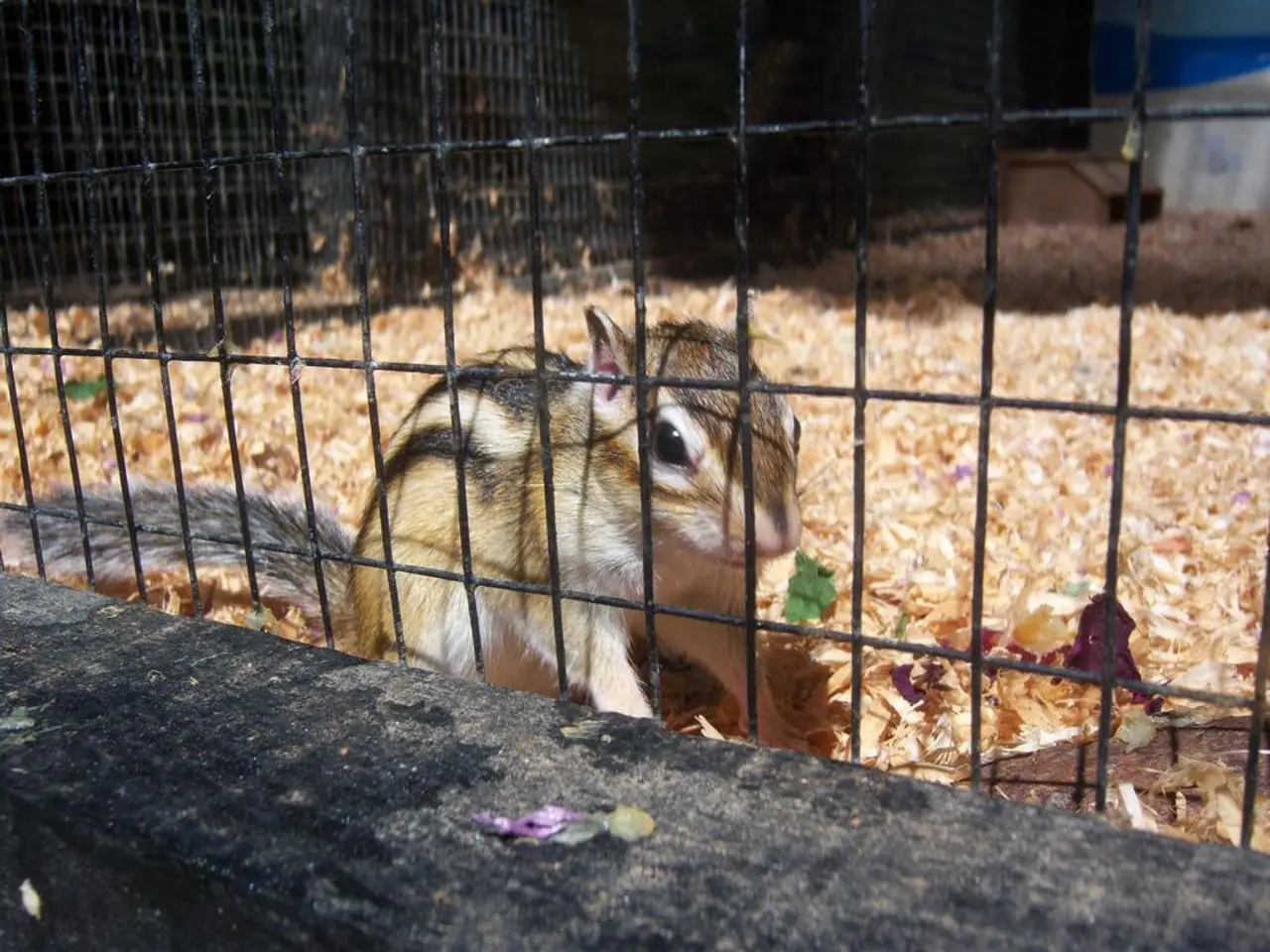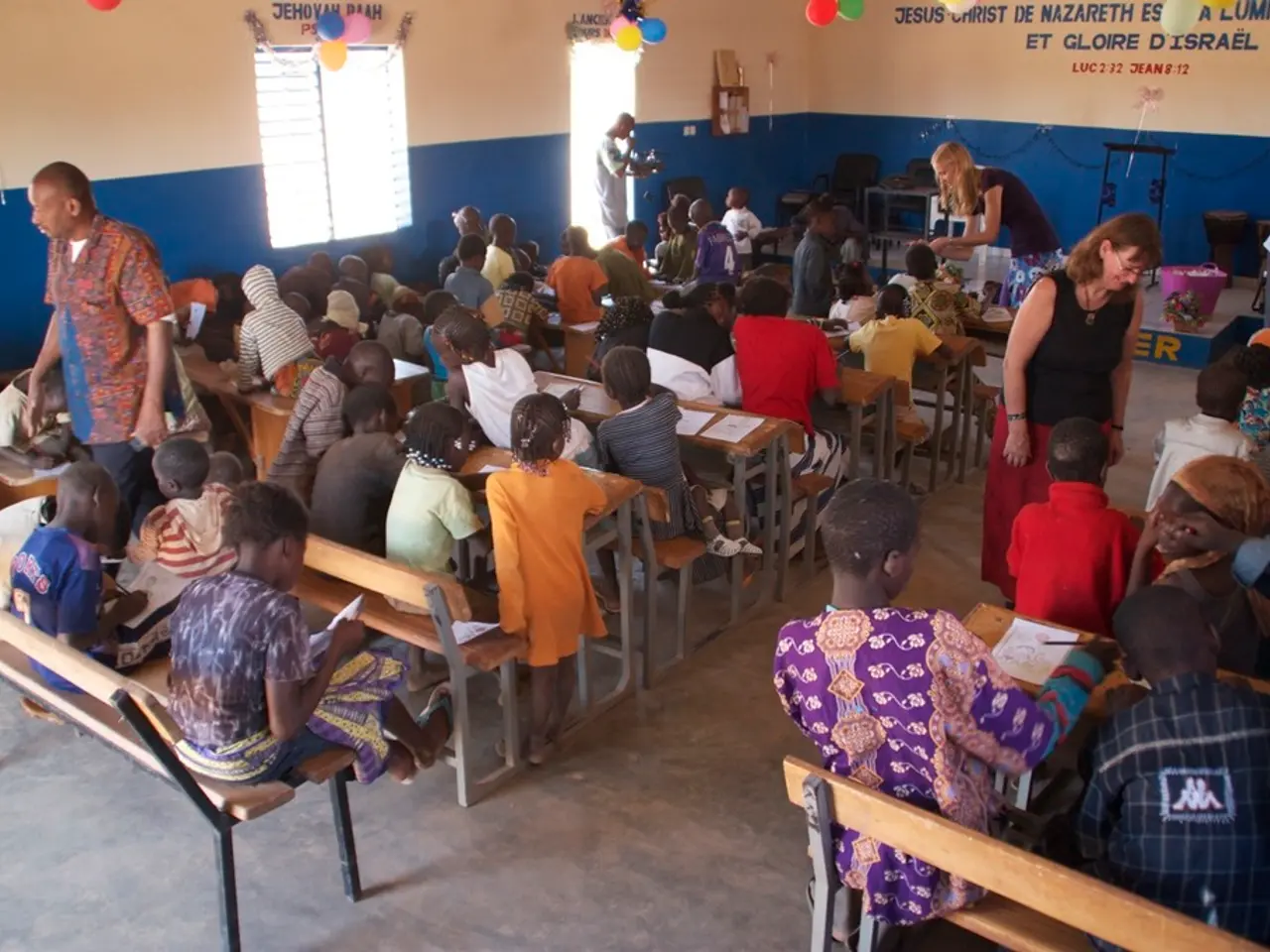Potential Hazards of Hantavirus Exposure in Rural vs. Urban Localities
Suburban and rural areas each present unique risks when it comes to hantavirus infections. Understanding these differences is crucial for effective prevention strategies.
In rural areas, the natural landscape, open spaces, and proximity to wild habitats increase the likelihood of human-rodent interactions. Deer mice, known carriers of the virus, are more commonly found in these environments [1][4]. Dusty environments can also increase the risk, as hantavirus particles become airborne when contaminated rodent droppings or urine are disturbed [4]. Activities like farming, hunting, or outdoor work in rural settings further heighten the risk of contact with infected rodents or their droppings [4].
On the other hand, suburban areas, characterized by urban expansion into previously undeveloped areas, are becoming increasingly vulnerable to hantavirus infections. Despite having fewer rodents per capita due to less conducive habitats for deer mice and other rodents, urbanization and suburban sprawl can lead to more frequent human-wildlife interactions, potentially increasing the risk of encountering infected rodents as wildlife encroaches into residential areas [5].
Waste management practices in suburban areas can attract rodents, such as poorly secured trash bins, improperly stored pet food, or compost piles. Pets in suburban settings, particularly cats, can also bring infected rodents or their droppings into homes, potentially exposing owners to the virus [6].
However, suburban residents may have better access to pest control services and awareness of prevention measures, which can reduce the risk of infestation and subsequent infection.
It's important to note that while rural areas pose a higher risk due to the presence of rodents and environmental factors, suburban areas are not entirely risk-free. Effective pest control and awareness are crucial in both settings to mitigate the risk of hantavirus infection.
Further research should explore the long-term effectiveness of rodent control measures and the impact of climate change on rodent populations to better mitigate future hantavirus risks. Public health strategies should focus on educating both rural and suburban populations about hantavirus risks and prevention methods.
References: [1] Centers for Disease Control and Prevention. (n.d.). Hantavirus Pulmonary Syndrome (HPS). Retrieved March 24, 2023, from https://www.cdc.gov/hantavirus/hps/index.html [2] National Institutes of Health. (n.d.). Hantavirus Infections. Retrieved March 24, 2023, from https://www.ncbi.nlm.nih.gov/books/NBK532284/ [3] World Health Organization. (n.d.). Hantaviruses. Retrieved March 24, 2023, from https://www.who.int/health-topics/hantavirus-infections#tab=tab_1 [4] Centers for Disease Control and Prevention. (2021, March 19). Rural Hantavirus Outbreaks. Retrieved March 24, 2023, from https://www.cdc.gov/hantavirus/outbreaks/rural.html [5] Centers for Disease Control and Prevention. (2021, March 19). Urban Hantavirus Outbreaks. Retrieved March 24, 2023, from https://www.cdc.gov/hantavirus/outbreaks/urban.html [6] Centers for Disease Control and Prevention. (2021, March 19). Hantavirus in Pets. Retrieved March 24, 2023, from https://www.cdc.gov/hantavirus/in-pets/index.html
In suburban areas, the proximity to wild habitats and increased human-wildlife interactions due to urbanization can potentially lead to chronic diseases like hantavirus infections, despite having fewer rodents per capita [5]. Effective health and wellness strategies, such as proper waste management practices and pest control, are crucial to reduce the risk of hantavirus infections in suburban settings [6].




